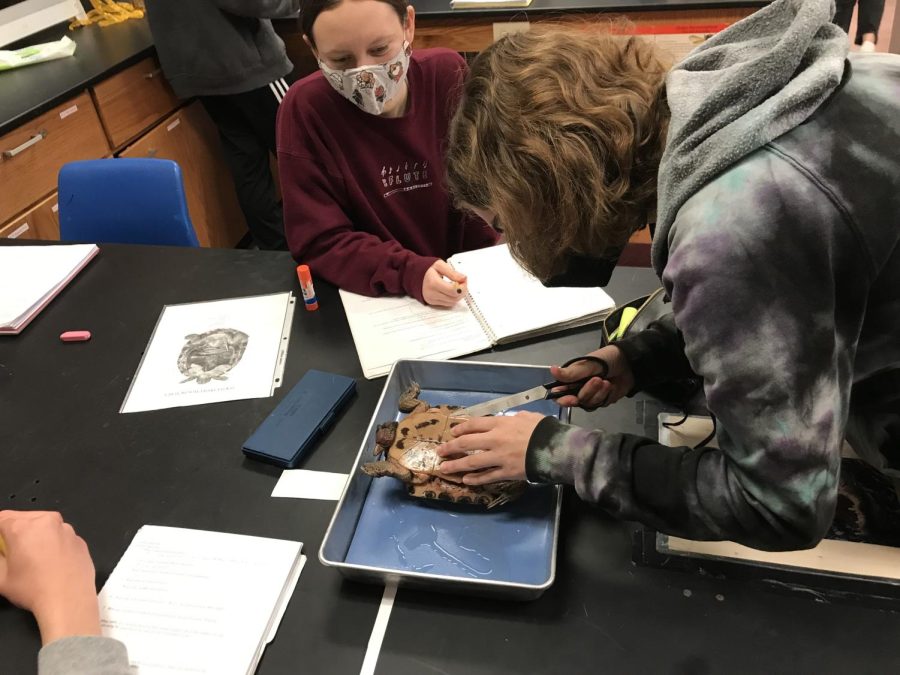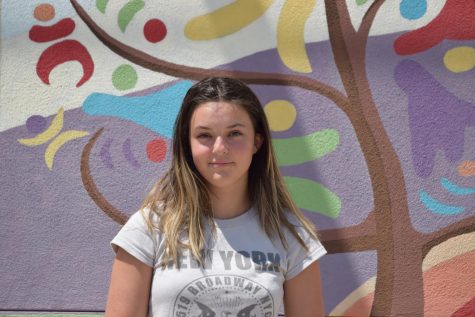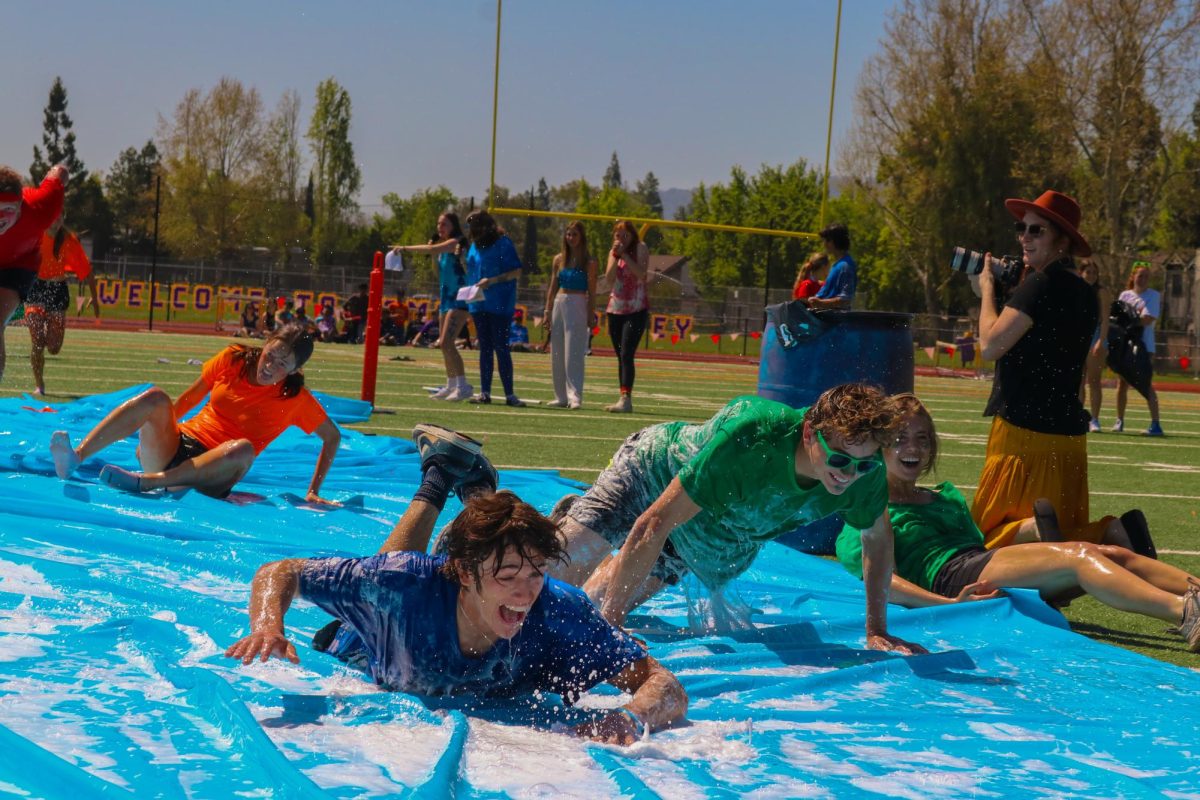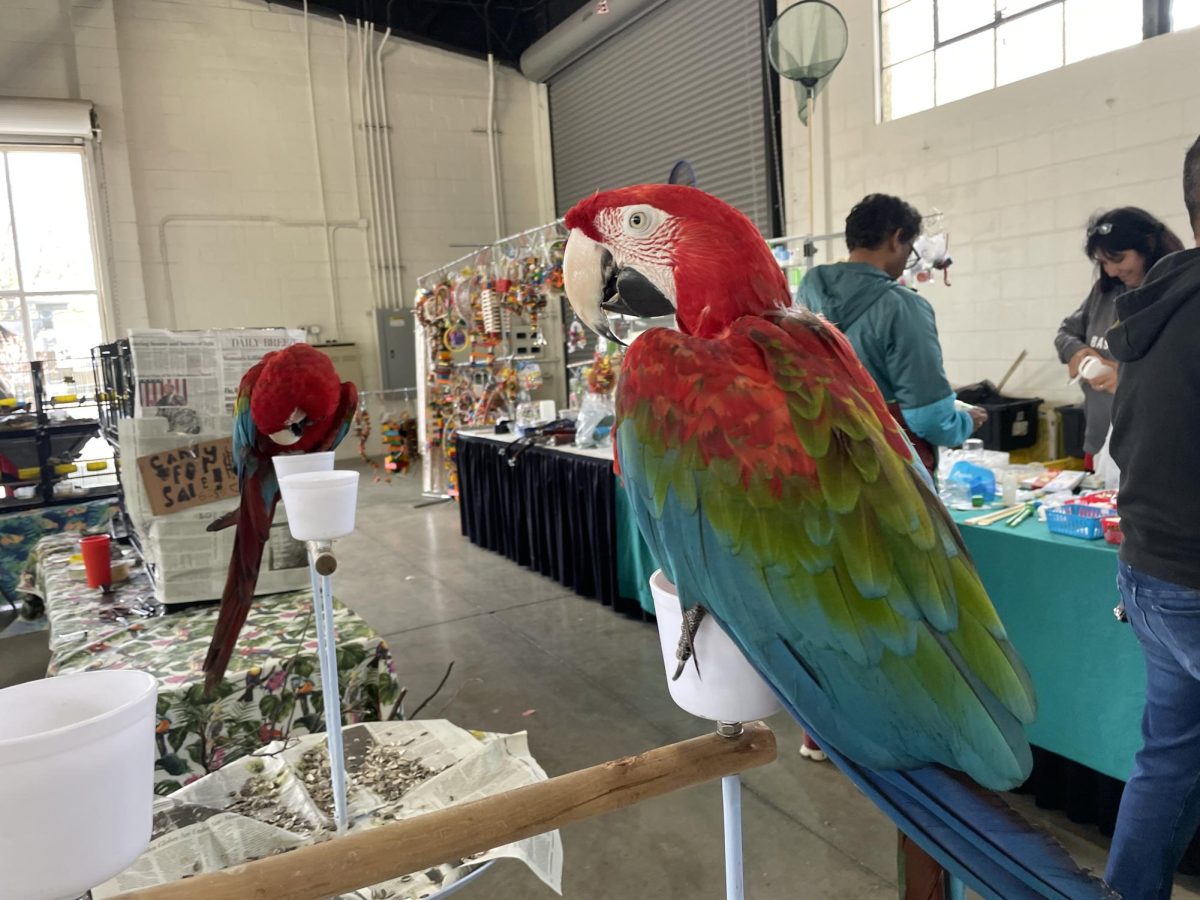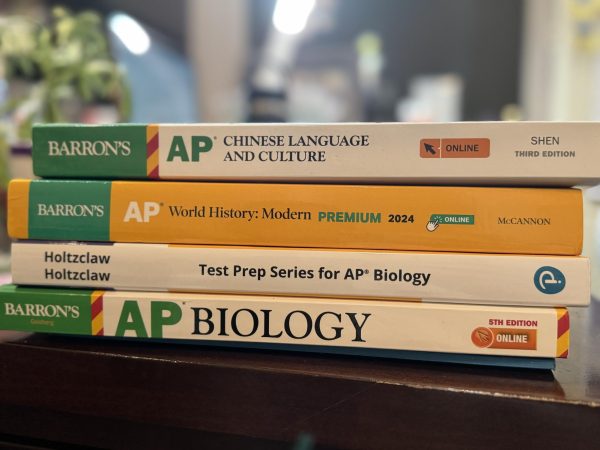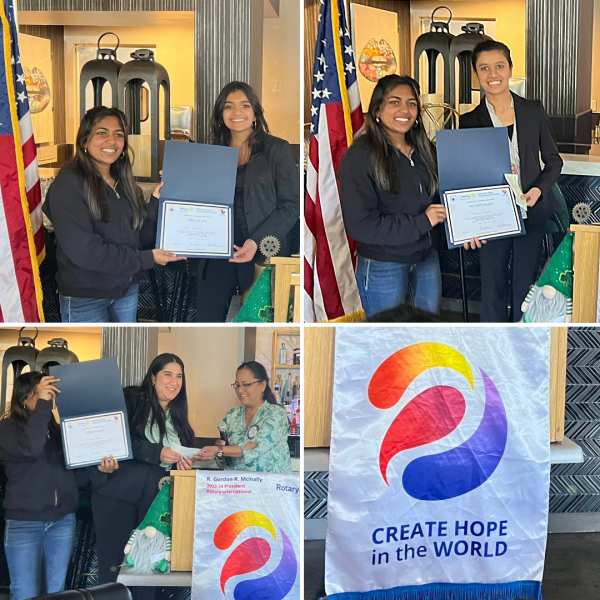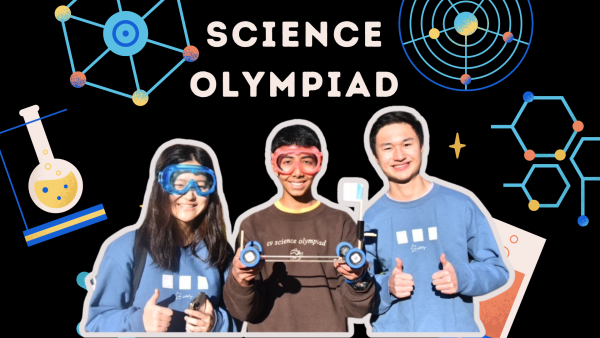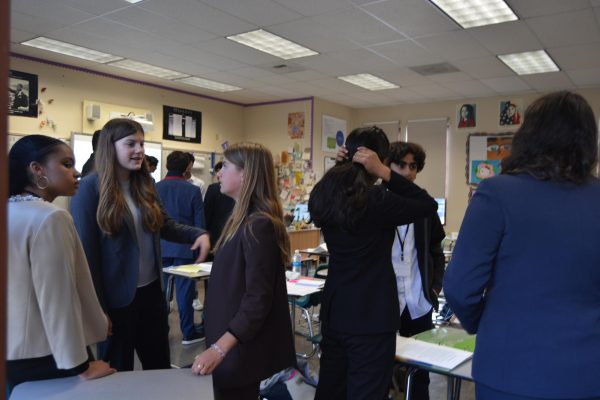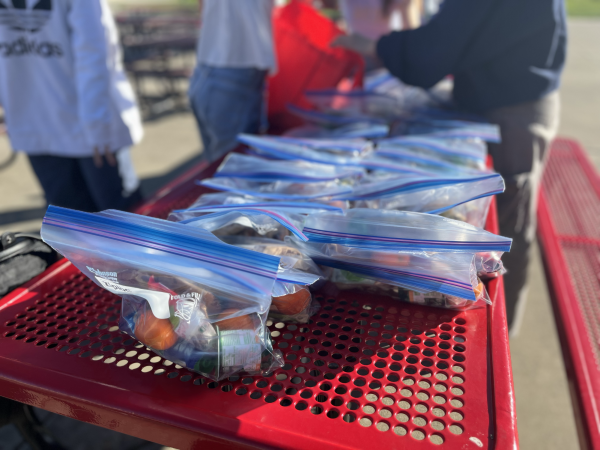Zoology students learn to dissect turtles
Amelia Schwartz (’22) makes the first incision in the turtle as her classmates watch.
March 10, 2022
Every week, zoology students dissect a different animal to learn more about their anatomy. In the past, they’ve cut up cadavers of salamanders, mice, frogs, pigeons, and even sharks. This week, they cut into turtles.
“Turtles are horrible for dissecting, they’re the hardest ones to dissect. But they’re unique for the reptiles, their internal organs are in very different places than the other reptiles we dissect, so we chose them for a diverse body plan,” said zoology teacher Amy Turner Bull.
These turtles are donated to classrooms by a science company, and reused for up to 5 years after that.
“We don’t go out and catch them or anything like that. [The turtles are] grown through scientific companies, and I reuse them. That way we’re not taking turtles from the environment, and we’re not trying to deplete the turtle population because we want to dissect,” said Turner.
The students made cuts along the side of the underbelly to pull back the shell and inspect the inner workings of the turtles. Though making deep incisions into real animal flesh unnerved some, senior Amy Heath (‘22) remained unfazed and enjoyed the activity.
“[The dissection] does not creep me out because it’s for my own purpose and my own good: to learn more about the animal. It’s not just dead, we’re using it for something,” said Heath.
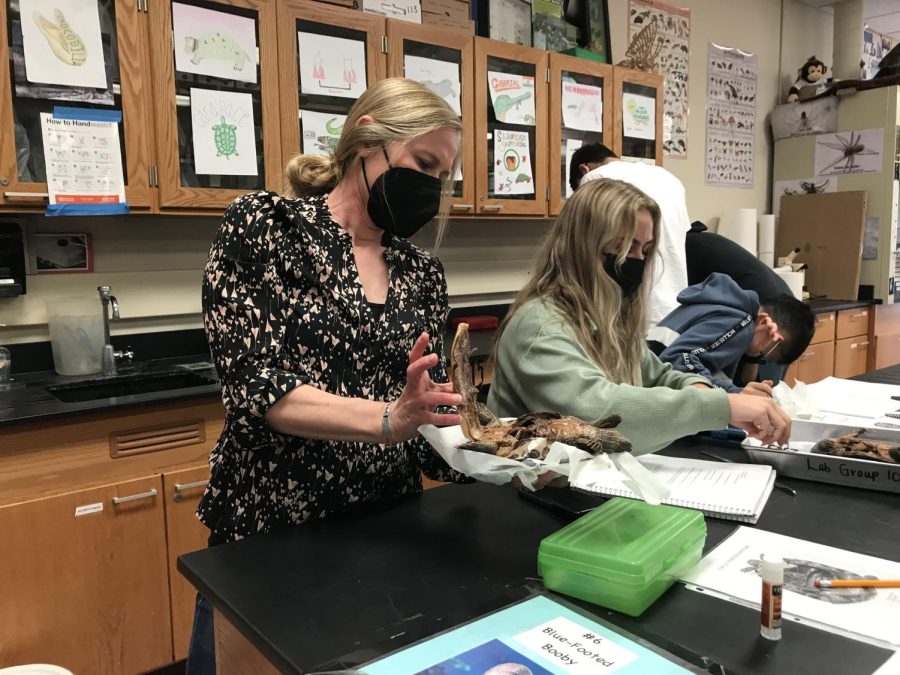
(Nadya Carreira)
Many found the dissection activities an exciting chance to more closely explore different animal internal organs.
“You’re able to see more with a turtle, usually we only see the digestional tract, but we’re really going to be able to see the heart, the lungs, and the respiratory system which we don’t usually get to see,” said Lindsey Gortz (‘22).
Some zoology students aspire to study biology or pre-medicine majors in college, so these on-hand lab experiences proved both fascinating and enriching for them.
“I’m really interested in biology and medical science stuff, so even with animals being able to see body systems and organs inside an actual animal is really cool,” said Amelia Schwartz (‘22).

